Introduction
The forensic examination of latent fingerprints requires the dusting of surfaces with suitable powder to reveal invisible fingerprints. The nature of surfaces determines the type of dusting powder and the quality of latent fingerprints. Dusting powder ought to be fine, adhesive, sensitive, and dusty with an appropriate contrasting color to enhance visualization of latent fingerprints on surfaces (Kellman et al. 3).
Copper powder is suitable for dark surfaces, black powder is suitable for white or light-colored surfaces, and magnetic power is appropriate for shiny surfaces. In developing latent fingerprints, the appropriate powder is selected and dusted on surfaces with latent fingerprints. Once fingerprints are visible, the transparent tape is used to lift them and placed on the backing card.
Experimental Results
The figures below (1-6) are images developed from latent and ink fingerprints, and their images were captured with FX-E Software at evidence station 203.
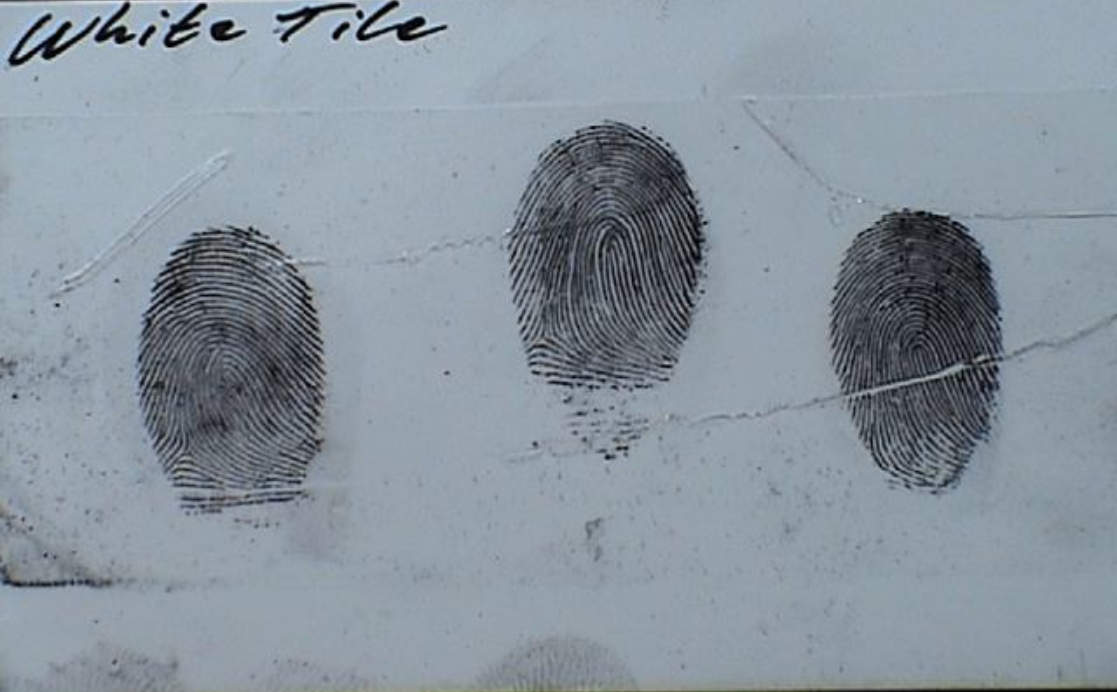
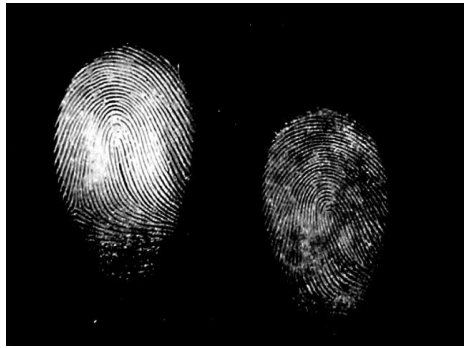
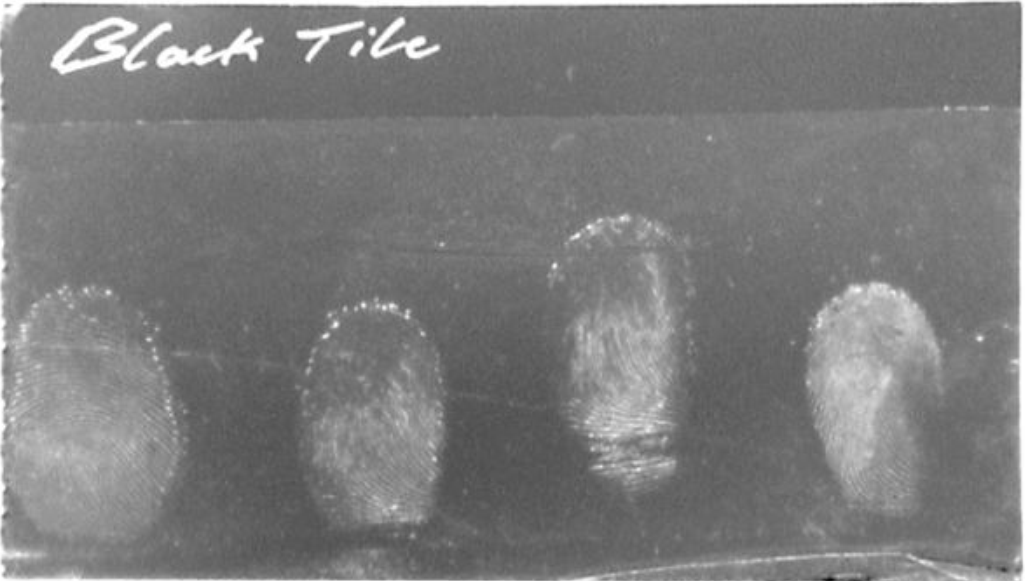
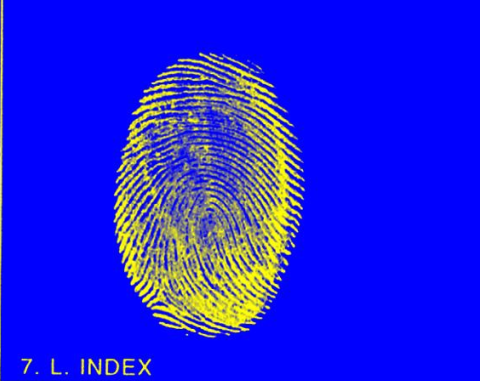
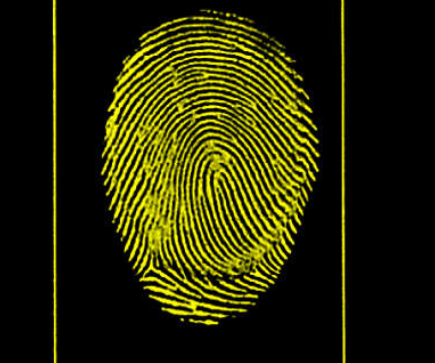
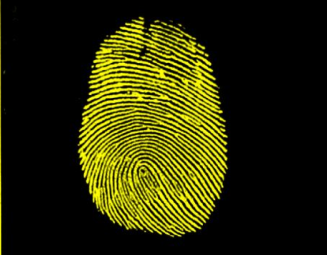
Discussion
Since the characteristics of fingerprints are unique to individuals, fingerprinting provides a way of identifying criminals in forensic science. A forensic examination of fingerprints through the ACE-V approach offers a standard and comprehensive method of identifying individuals based on their unique characteristics of fingerprints (Kellman et al. 3). The development of latent fingerprints requires the use of appropriate powder, meticulous dusting techniques, accurate lifting of fingerprints, and clear capturing of fingerprints electronically.
A useful fingerprint ought to have visible and distinct ridge patterns such as arches, loops, and whorls. Daluz explains that a useful fingerprint should have sufficient quality, which enables examiners to identify the shape, the size, the number, and the flow of ridges (243). The visibility of fingerprint ridge characteristics such as core, hook, delta, crossover, bridge, island, eye, fork, enclosures, and bifurcation depicts a useful fingerprint.
Comparison of powder techniques employed in the development of latent fingerprints varied in terms of the required time, the difficulties experienced, and the quality of results. The technique of copper powder took the shortest time because it was the easiest to perform. However, the quality of results is the poorest for the patterns of ridges that are not visible, and thus, fingerprints are not useful for forensic analysis (Figure 3).
The technique of magnetic powder took the longest time due to its complexity. The application of magnetic powder on an invisible fingerprint was difficult since the powder coalesced around the magnetic rod making it hard to apply in an even manner. The analysis of the results indicates that the technique of magnetic powder gives high-quality results for the loops and redial arch are evident in the fingerprint (Figure 2).
The technique of black powder took average time when compared to the time required by the techniques of copper powder and magnetic powder. About the encountered difficulties, it was challenging to apply powder accurately and delicately without dirtying white tile and masking latent ridges. Nevertheless, the technique of black powder generates quality results for loops and radial arches of fingerprints are visible as in the case of magnetic powder.
Evaluation and comparison of lifted fingerprints and photos of the developed latent fingerprints exhibited a high similarity level. The existence of similarity indicates that the lifting procedure was performed meticulously to prevent interference with the developed latent fingerprints. During lifting, the tape used should not create bubbles or smear on the developed latent fingerprint for it would reduce the quality of fingerprints.
The fingerprints of inked fingers (Figure 4, 5, and 6) are of high quality because ridges, loops, delta, pores, and minutiae are visible. The quality of fingerprints obtained through the inked technique is better than the one obtained through powder techniques. The use of gentle pressure creating fingerprints prevents the formation of smears and enhances the quality of fingerprints.
The digital image generated by FX-E work stations exhibited some differences in fingerprint patterns. The FX-E software eases recognition of fingerprints for it has additional options that allow magnification and adjustment of brightness, color, focus, contrast, and spotlight. These additional options miss in capturing photos of the developed fingerprints. The pictures of FX-E are more accurate than the developed fingerprints for magnification and adjustment of light quality enhances visualization of fingerprint patterns. Additionally, the adjustment of background color provides better visualization of FX-E pictures than the developed fingerprints due to the enhanced contrast.
The indicators for quality used in the assessment of fingerprints are ridge patterns and characteristics. The analysis of the thumb fingerprint shows that it exhibits an ulnar loop entering and exiting from the left side of the fingerprint (Figure 6). The existence of minutiae and core are indicators that suggest quality fingerprint, and, thus, identifies the fingerprint.
The examination of ridge patterns and characteristics of the fingerprint formed by the middle-finger indicates that they are of sufficient quality (Figure 5). As key indicators of quality, the fingerprint of the middle-finger has an ulnar loop entering and exiting from the left side, a core in the middle of the loop, visible minutiae, and a delta on the right side. The index finger exhibited the same pattern and characteristics of ridges for ulnar loop, core, delta, and visible minutiae. Therefore, analysis, comparison, and evaluation of the three fingers show that they have similar patterns and characteristics of ridges.
In finger 1, I was able to match 12 minutiae in images generated by powder, image-maker, tape, and latent image. In finger 2, I matched 4 minutiae for a significant proportion of ridges were not visible in the inked finger while in finger 3 I was able to match 8 minutiae.
Works Cited
Daluz, Hillary. Fundamentals of Fingerprint Analysis. CRC Press, 2015.
Kellman, Philip, et al. “Forensic Comparison and Matching of Fingerprints: Using Quantitative Image Measures for Estimating Error Rates through Understanding and Predicting Difficulty.” PLoS ONE, vol. 9, no. 5, 2014, pp. 1-14.